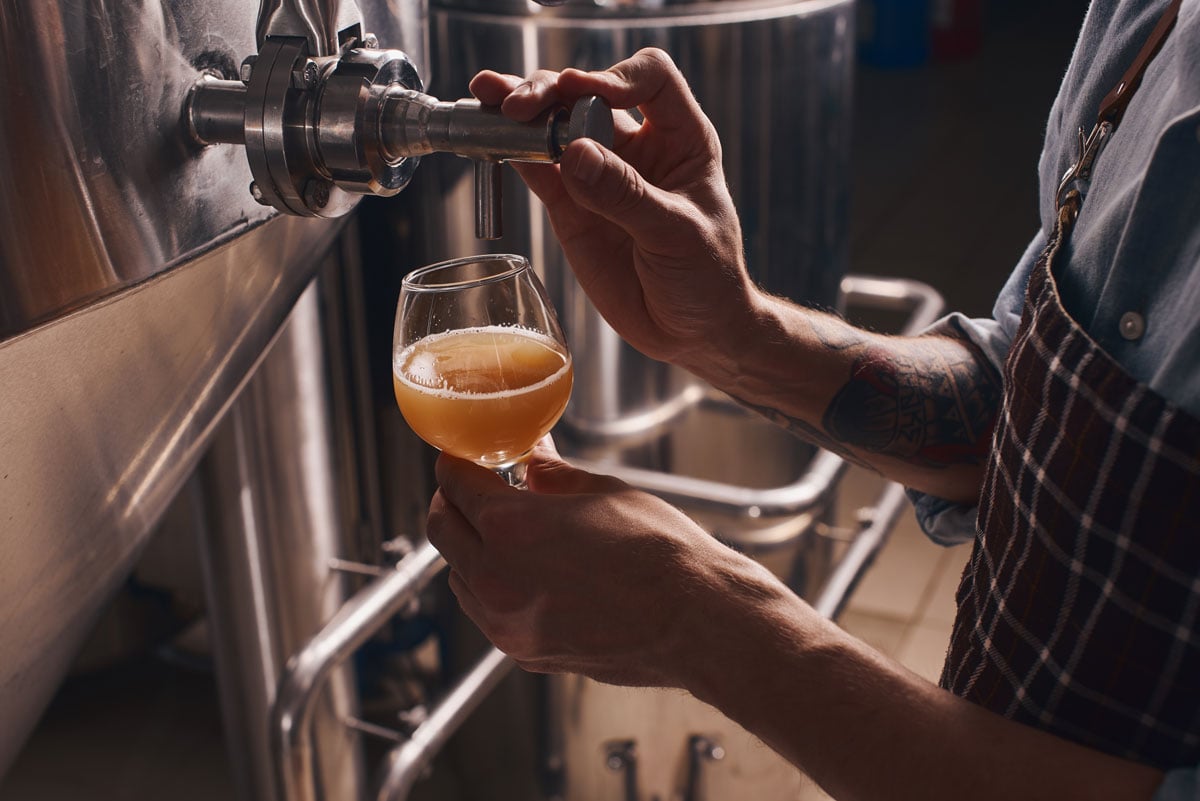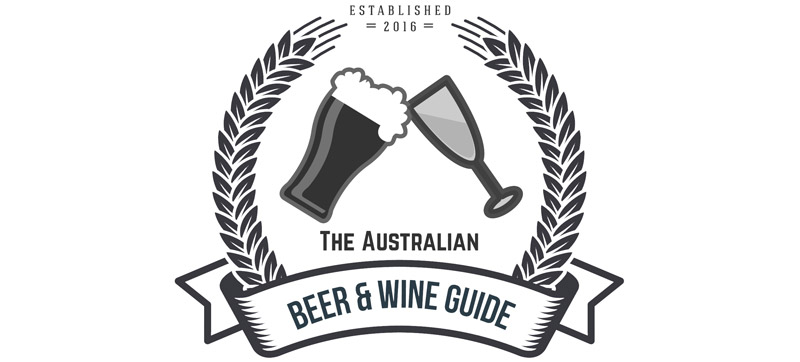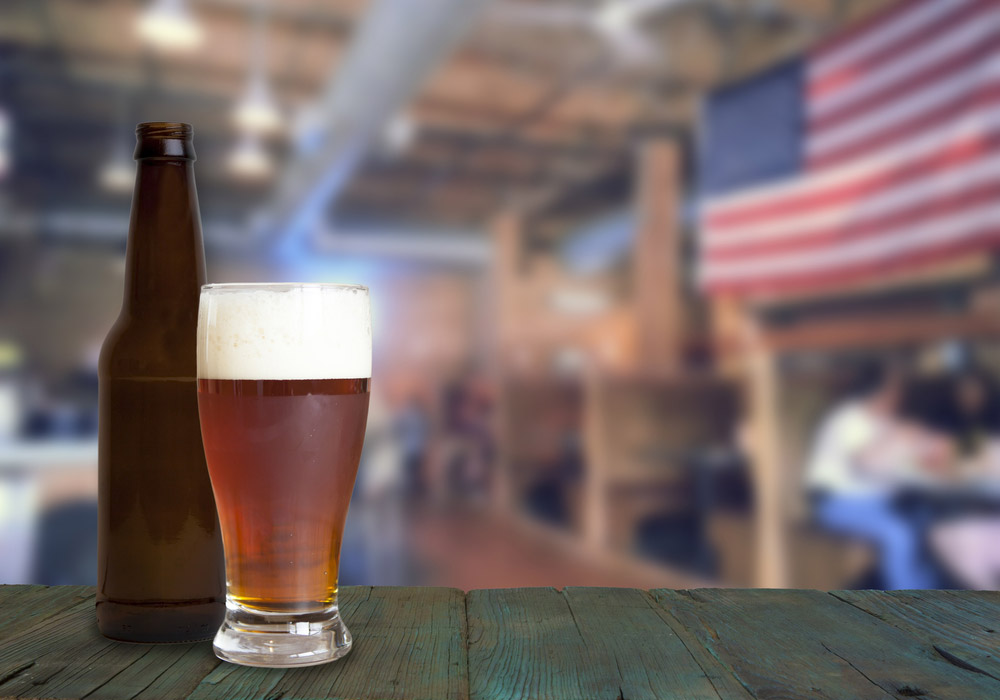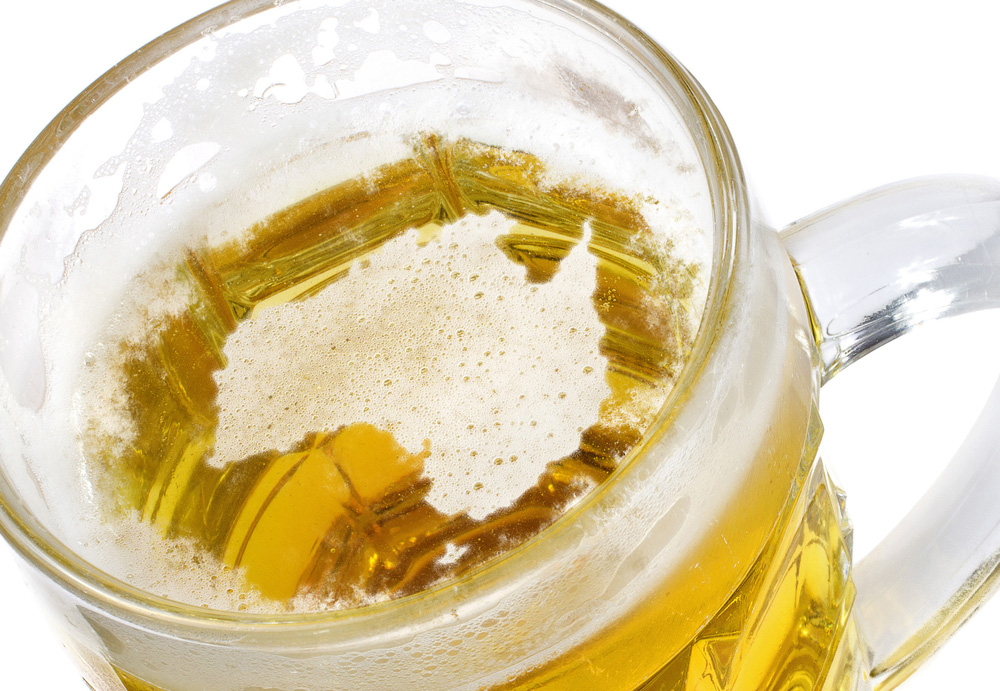Alcohol is a go-to drink for many consumers as a way to unwind, especially after a long day or work week. It accompanies parties, celebrations, and festivals as far back as written human history. Craft beer brewers or even huge corporations like Burleigh Brewing or Carlton & United Breweries know this. Aside from delivering drinks for people’s enjoyment, breweries are also trying to address the concerns regarding consumers’ health.
This is where the term “low carb beer” comes in. It’s been gaining popularity due to its “healthier” impression to the modern and informed individual.
What is a low carb beer?
Low carb beer is basically beer with lower carbohydrate contents. An example of this would be one of Australia’s firsts, the Pure Blond. Its carbohydrate content is almost totally converted to alcohol and carbon dioxide, leaving little calories credited to sugar content.
The idea of low carb beer sells because it raises a banner of having lower calories, making it a seemingly healthier option for the gut and belly of regular drinkers. However, calories can also come from other ingredients such as protein, fat and most importantly alcohol. If we’re to consider their calorie units per gram, protein and carbohydrates roughly amount to 4kcal, alcohol is at 7 kcal and fat would be 9 kcal. Alcohol is also known to interfere with fat breakdown in the liver.
However, it’s an established scientific truth that carbohydrates aren’t the only source of calories. Proteins, fats, sugars and alcohol all add to the overall calorie count of anything we consume, including alcohol. In general, what gives beer its calorie boost is a mixture of carbohydrates, such as malt, and its alcohol portion. In the case of low carb beer versus regular beer, the alcohol portion of the former packs the most calories — not its carbohydrate contents. This then begs the question: Is low carb-beer really as healthy and low-calorie as it’s claimed to be?
Studies suggest there’s not much of a difference between the two. A low-carb beer with more alcohol content may still contain more calories than a regular beer with lower alcohol content. This means that low carb beer might not exactly be healthier than light beer. If both types of beer have the same alcohol percentages, the carbohydrate reduction in low-carb beer isn’t as impacting as previously preached.
Because a certain percentage of consumers think that low carb automatically means healthier, they end up consuming more low carb beer. The more they consume the calories that come with alcohol (even ones with fewer carbohydrates), the more they gain weight. In excess, this practice isn’t healthy.

How is low carb beer made?
To answer the question, we have to understand how beer is made and how that process is tweaked for a low carb output beverage.
The more ingredients you need to make beer are barley, water, hops and yeast. After extracting the sugars from grains like barley, yeast is added to ferment it and turn it to alcohol and carbon dioxide. The combined ingredients processed to release sugars and carbonated water then becomes your beer. The variations of this process — such as fermenting times, types of grain or sugar source, storage and temperature conditions — determine how particular liquors are made. The steps are as follows:
1. Malting
This step brings out the grains or the source of carbohydrates for the years to ferment on. If it’s beer, the popular choices would be barley, wheat and rye. If we’re talking about beer cider, apple juice is the sugar source. White wine comes from grapes without the skin compared to red wine that keeps the skin, giving both types of wine their colours. Lastly, ginger beer uses ginger spice with sugar.
In this step, heating, drying and cracking, among other processes, are applied to the source ingredients to isolate the enzymes needed for the next step.
2. Mashing
The next step is a process similar to making tea. The grains are soaked in hot water for a given duration. This activates the enzymes in the ingredients to release the sugars. The water from the mash then gets drained, leaving a sticky and concentrated sweet result most commonly called a “wort”.
3. Boiling
The wort is then boiled as spices and cone-like fruits — specifically, hops — are added to introduce flavour into the mix. Pale ale, a light-coloured beer, is usually strongly flavoured with hops compared to other types of beer.
4. Fermentation
After an hour or so of boiling, the wort is strained and filtered. It then goes into a fermenting vessel where yeast is added. The yeast typically feeds on the sugar over a particular duration and converts it into carbon dioxide and alcohol. The temperature of the containers where these are stored defines the difference between lagers and ales. Lagers typically have colder storage temperatures, unlike ales that are stored in room temperatures.
How much yeast is added and how fast they eat the sugar and convert it to carbon dioxide and alcohol is up to the scrutiny of the brewer. Beers like Carlton Dry, for example, have fully fermented sugar contents, leaving behind very few carbohydrates.
This is different when compared to light beer. If we’re aiming for less alcohol content, we need to make sure there’s less fermentation — this is how light beers are made. Instead of allowing the yeast to totally wipe out the sugar contents, this step is interrupted or controlled.
In the case of bright beer, any suspended yeast would be taken off through a variety of methods like “dropping bright”, letting the yeast drop by itself or by filtering it off the mix.
Bright lagers are done in cooler conditions to slow down the fermentation process. This makes the beer more stable so it can be stored longer, hence the term “lagered”. It differs from bright beer in the sense that it gets stored longer.
The carbs of regular beer or any other type of beer relies on how much fermentation is allowed to take place. In the case of full-strength beer, controlled fermentation conditions ensure it has 4.9% alcohol volume, while mid-strength beer would be at 3.5%.
Bottling and Ageing
After all these steps, alcoholic beer is produced, most likely non-carbonated and flat. Before it gets bottled, last minute polishes are made. Does the brewer want to artificially carbonate it, or perhaps, the leftover yeast can do that by itself? Does it need post-processing before bottling as in the case of gluten-free beer? These are some of the questions that brewers answer differently when creating the alcoholic beverage you need.
What is the best low carb beer in Australia?
It turns out that what consumers define as best varies greatly. It becomes a matter of subjective personal taste and the results vary but we do have an idea which the most popular ones are.
For those who want that smooth feel to it, Hahn Super Dry, Carlton Dry and Coopers Dry may be the choice. If you don’t like gluten in your beverage, there’s Hahn Ultra Crisp Gluten free. Or perhaps, you want fewer carbohydrates in your drink? Then low carb beers like Steersman, Pure Blonde or Coopers Dry will do.
But does low carb mean low calories? Is it really healthier than regular beer?
What can we do to be “healthier” while still keeping the drinking habit?
It’s summarised in one word — moderation. Drinking any type of beer — regular, mid-strength, full-strength, light, bright, or low carb — will get our bellies bigger if we do it in excess or binges. Additionally, our lifestyle contributes to this as well. Are we living sedentary lives with minimal movements or not? Are we taking in more calories than what we are using daily?
The fat in our gut accumulates as a result of taking in too many calories. Naturally, this is how the body thinks — “if I can’t use it now, why not store it for later”?
Speaking of calories, a gram of fat is 9 kcal.
So let’s say you have an excess of 630 kcal as a result of binge drinking, even if they are low carb alcoholic drinks. Divide that by 9 kcal and you’ll get 70 grams of stored fat. The body hoards energy it doesn’t need for later use. But remember, alcohol interferes with fat metabolism, making that burn slower and harder to maintain.
This issue can be addressed with a moderate and active lifestyle. Activity and exercise tell your body that it needs more energy, therefore, it can afford to store less or none at all.
To avoid getting a fatty liver and gut, we can restrict our calorie intake by being specific about our food choices, consuming alcohol moderately and getting enough exercise.
Calories are calories and binging low carb drinks with plenty of calories from other ingredients won’t make much of a difference if health and fitness is our goal.
With more exercise and a more active lifestyle, you’ll get to enjoy more drinks without feeling guilty about it.





1 Comment
Oh okay, so a low carb beer actually contains more alcohol as opposed to its regular counterpart?! That’s definitely something everybody should be aware of.